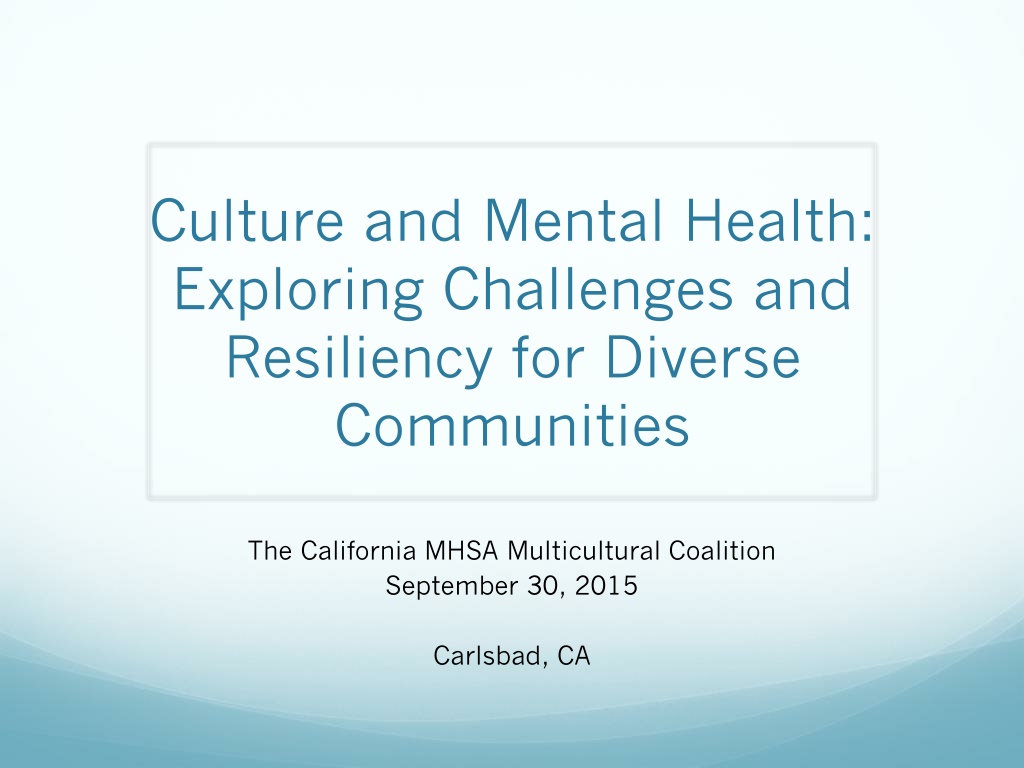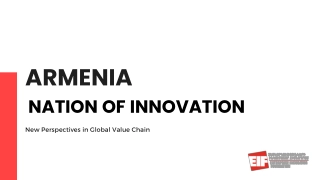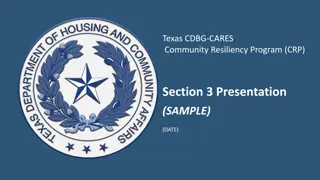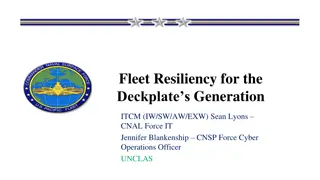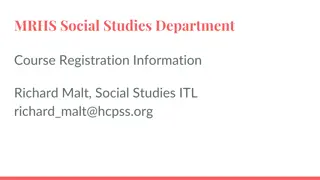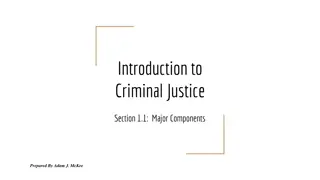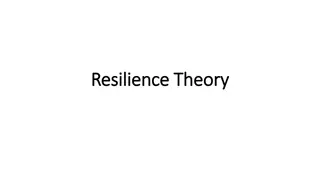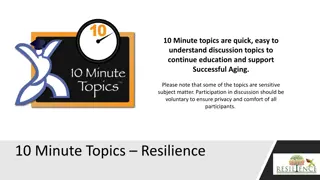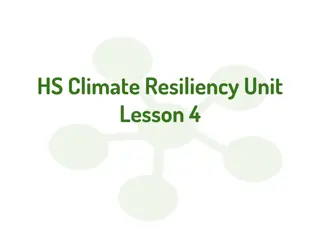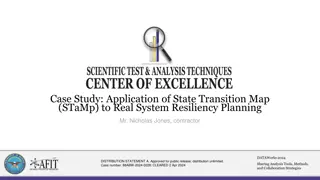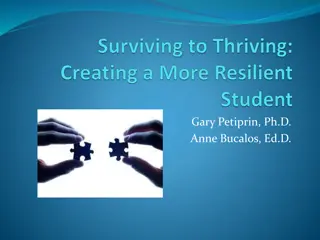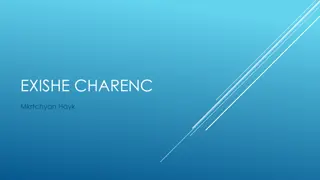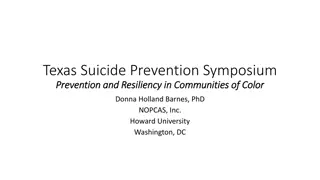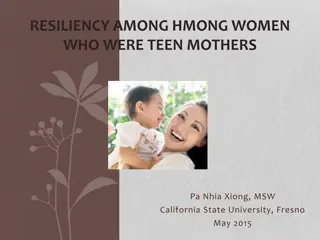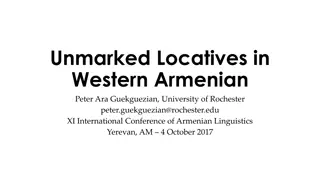Armenian Community in the United States: Challenges and Resiliency
The Armenian community in the US reflects a diverse background shaped by historical events like the Genocide. Despite facing challenges such as immigration waves and trauma, Armenian organizations strive to provide crucial services amidst growing population estimates. Key informants shed light on cultural identity, acculturation, and adjustment issues within the community.
Download Presentation

Please find below an Image/Link to download the presentation.
The content on the website is provided AS IS for your information and personal use only. It may not be sold, licensed, or shared on other websites without obtaining consent from the author. Download presentation by click this link. If you encounter any issues during the download, it is possible that the publisher has removed the file from their server.
E N D
Presentation Transcript
Culture and Mental Health: Exploring Challenges and Resiliency for Diverse Communities The California MHSA Multicultural Coalition September 30, 2015 Carlsbad, CA
Armenian Community: The initial wave of immigration precipitated by the genocide was followed by continued stream of immigration to the US by Armenians from all over the world. Political unrest in Iran in the 1950s and in Lebanon in the 1970s created a surge in immigration from these countries. In the 70 s Armenians from Soviet Armenia immigrated to the US as refugees seeking political asylum. Armenian community based agencies currently equipped to provide services are often overtaxed.
Introduction to Community and Definitions The variety of the backgrounds of the Armenian immigrant community in California and the US has led to cultural diversity within the Armenian population, but Christianity, the church, the language, unique cultural experiences and historical events such as the Genocide are strong uniting factors for all Armenians. On the level of the individual, all three respondents discussed the impact of cultural identity, acculturation, and adjustment issues. Family Trauma Substance use
Demographics 2010 US Census estimates approximately half a million Armenians currently reside in the US. Many scholars suggest that this number is an underestimate and that, in fact, the numberof Armeniansresiding inthe US is most likely between 1,200,000 and 1,500,000.
2008-2012 California Estimate Demographics by Region Los Angeles County 182,677 The Bay Area 11,552 San Diego County Fresno County 9,823 4,827 Sacramento County Orange County 8,475 4,059 US Bureau Fact Finder
History/Background Originating from the region of Eurasia, which currently includes Turkey, the Republic of Armenia, and Nagorno-Karabakh Republic, Armenians have survived genocide, war, earthquakes, and a diaspora. April of 1915, Armenians were subjected to mass deportation and massacre in what is now known as one of the worst genocides in world history.
Participants The three Key Informants for the Armenian community included a lawyer, mental health provider (LCSW), and a psychiatrist. All three are Armenian American who have worked extensively with the Armenian community providing professional services as well as leadership and advocacy for their communities. Two of the participants hold prominent leadership positions in Armenian advocacy organizations (biographical statements for participants - Appendix B).
Findings: Needs and Challenges Many Armenians have been exposed to trauma such as the earthquake of 1988. These experiences likely contribute to high levels of stress and mental health problems. They came with a lot of emotional stress and hardships they had to overcome. They had to start their life from scratch. Whether they were exposed to traumatic events or had to endure losses. They are already traumatized and are carrying that in their background. Hard Working Professionals, Small Business Owners, Laborers Armenians often prefer to conduct business with other Armenians and to obtain mental health care from Armenian American providers.
Findings: Strengths and Assets Culture and tradition Religion is Important, community is the extended family Family values are strong Key informants suggested that for Armenian Americans family bonds and loyalty are critical and family support often serves to buffer individuals from the stresses of poverty and acculturation.
Findings: Recommendations Build on Existing Community Resources Outreach and Education building on cultural strengths and existing assets, providing outreach, engagement, and education to combat stigma, and increasing workforce and resources for mental health services. Workforce Development [Increase immersion programs for] Armenian youth when they go to college. They are not prepared to enter a new environment that they are not familiar with.
Emma Oshagan Provider of Mental Health Services The brilliant Emma. An advocate for Armenian mental health. 7/12 Emma Oshagan eoshagan@gmail.com (626) 840-9957
